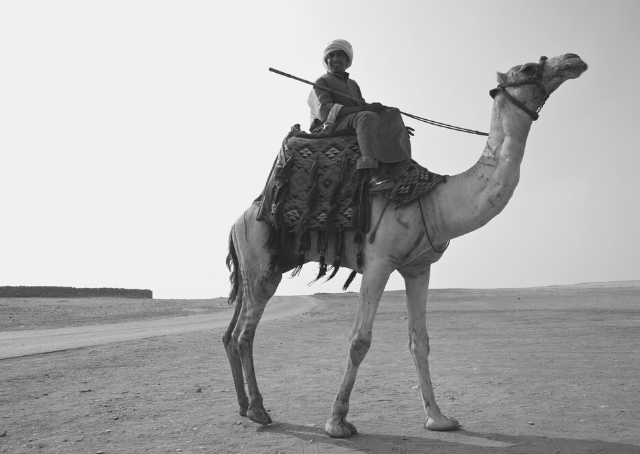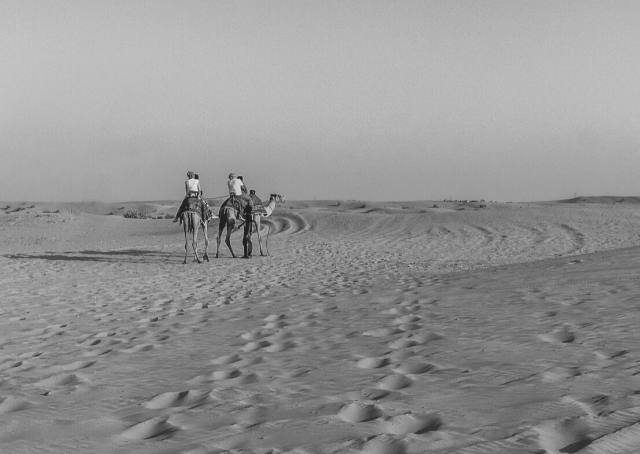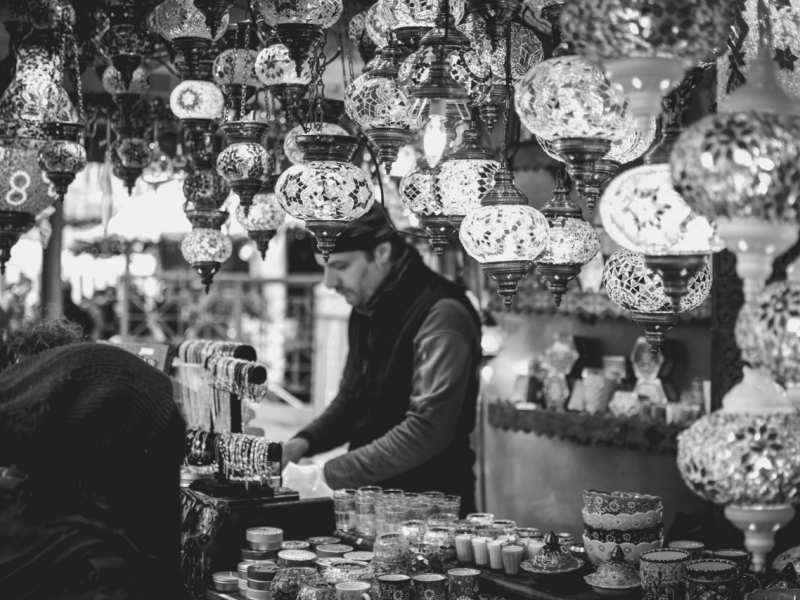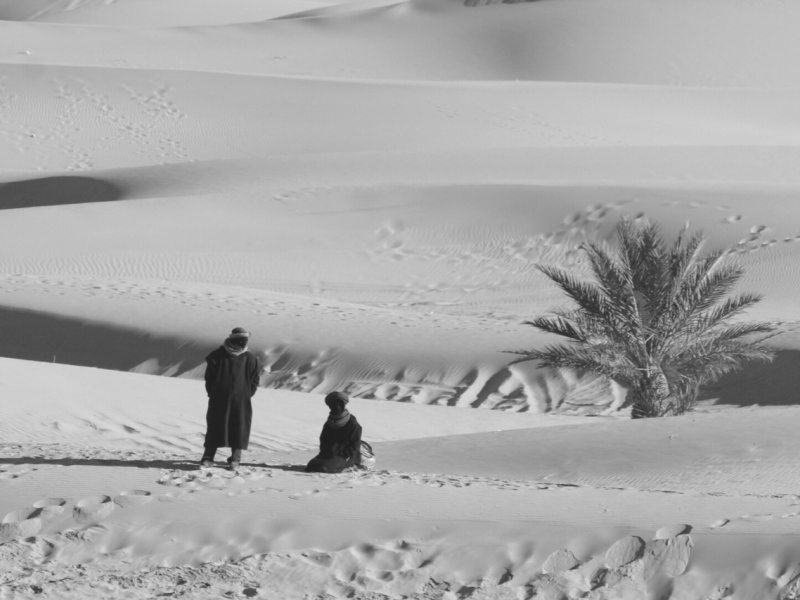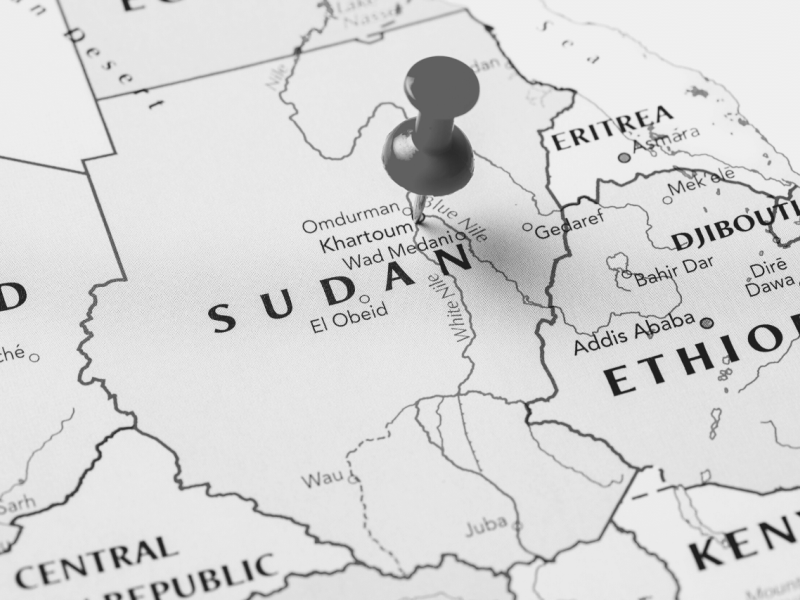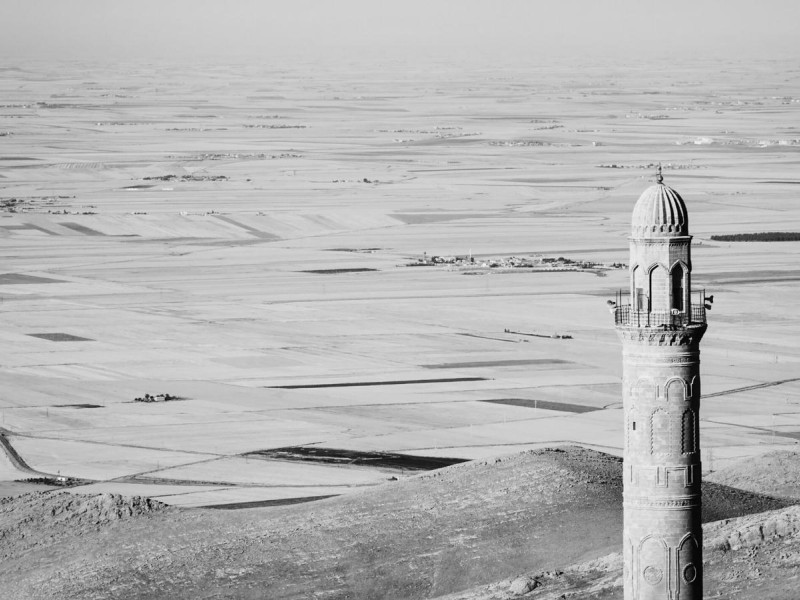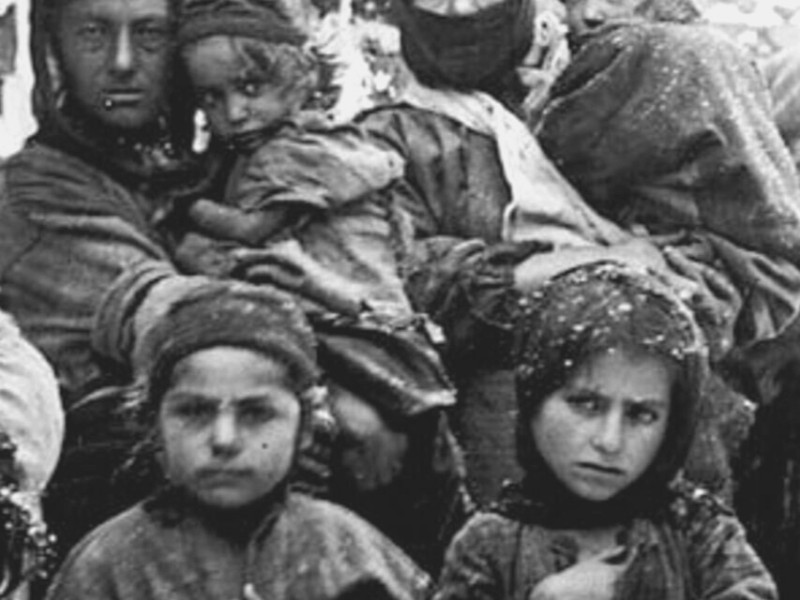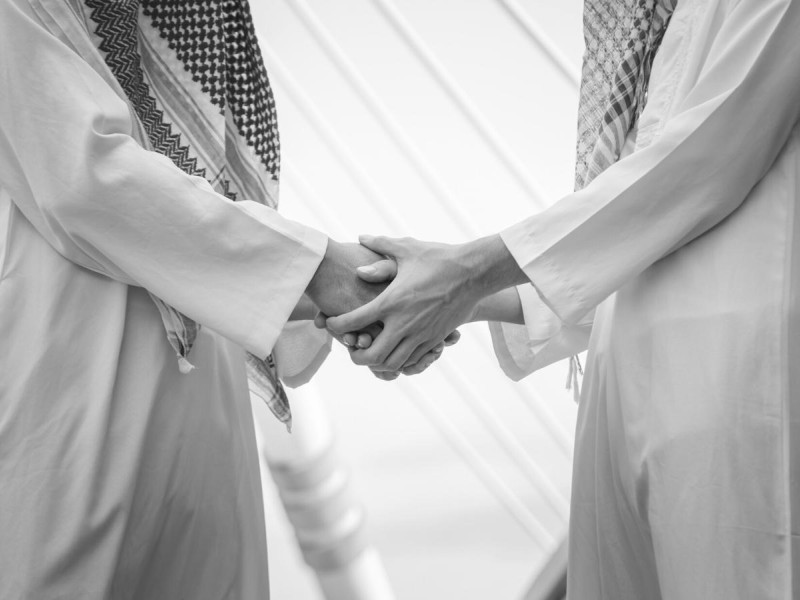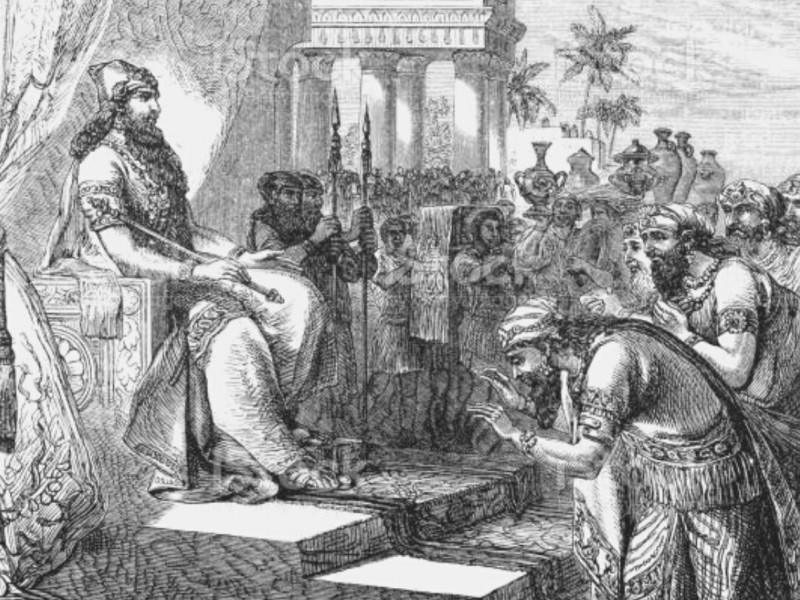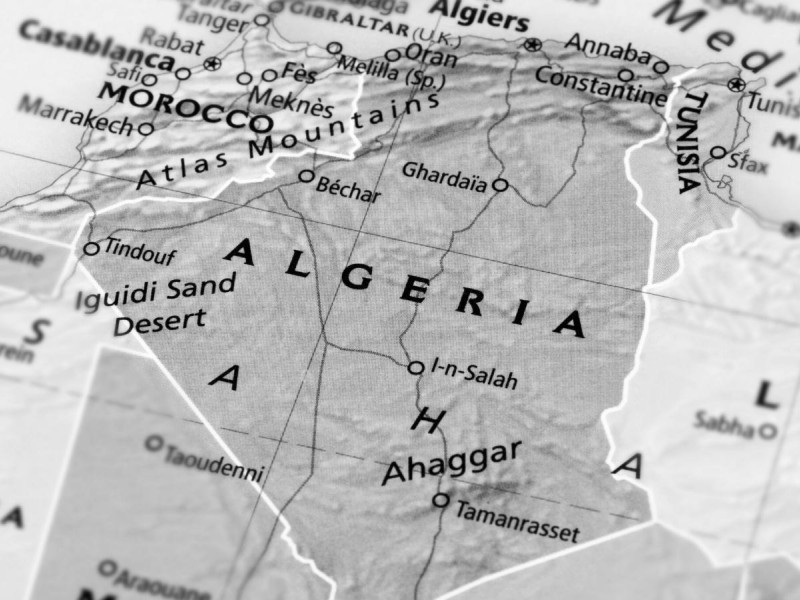Bedouins: Living Life in Simplicity Beyond Compare
The Bedouins were originally herders who sometimes also engaged in agriculture and fishing if the area allowed it. They temporarily settled from one place to another and took care of animals to survive. They were exposed to trading and transporting people and goods to North African and Middle Eastern deserts.
Through regular exchanges of goods, they also learned currency and used this as their purchasing tool. You are now going to meet a unique group of people who lived a simple life beyond compare.
Under the rule of the Ottoman Empire, the majority of the Bedouins had resorted to the social transition from a nomadic to semi-nomadic status. The Ottoman authorities ordered the forced settlement of the Bedouins in the Ottoman Empire’s territory because the Ottoman Turks felt that the Bedouins were threats to their control of the area.
The Ottomans strictly enforced movements and laws in what is now called the Negev area of the Middle East. Do you know what happened later?
Eventually, the Ottomans started to decline, and they had a hard time governing and controlling the Bedouins. Due to the illiteracy of these nomadic settlers, certain policies like the enforcement of land registration on Bedouins for their permanent living areas and taxation became very difficult to enforce.
The ultimate plan was for the Bedouins to pay taxes and then use this as a document to prove where they came from.
Who Are the Bedouins?
You might have mistaken Bedouins as Arabic-speaking people who are primarily located only in Saudi Arabia. The truth is that they have also inhabited such countries as Syria, North Africa, Lebanon, Iraq, and many others.
The Bedouins are considered the original Arabs. They have displayed the best example of human life adaptation to rigid desert conditions. As you already know, Arab countries are practically desert with very limited habitable lands. These lands, according to geologists, were known to be a continuation of the Sahara.
The Bedouins are known to have used camels and horses as their means of transportation. Using these two animals, they can travel long distances in the desert. The camel is mostly used when traveling in the desert, while the horse is considered a luxury animal.
It sounds like the Bedouins lived a very simple life in the desert, yet this simplicity is beyond measure.
Bedouins Definition
“Bedouin” is an English word that comes from the Arabic words badiyat, which means “desert,” and badawi or bedu, meaning “people who live in the desert.”
However, some experts shared that the term originated from the Arabic word baadiyah or bedaya, which translates to “the beginning” in the English language.
Today, it is believed that the modern Arabs are descendants of the Bedouin tribe, and they had been hugely instrumental in spreading the Bedouin culture to different Arabian regions. In retrospect, you can define Bedouins as people who live a simple life in the desert.
Where Do Bedouins Live?
The Bedouins constantly move because they are mainly nomadic people. They live in different villages in Saudi Arabia, Israel, Libya, Egypt, Jordan, Sudan, and Syria. The Bedouins have originally inhabited the desert regions, including the Eastern and Western deserts, Sinai, and even the cities in Cairo, Egypt.
This means they are not limited to one country or region. The Bedouins do not pay property taxes and other taxes enforced by the government, as they believe that these do not apply to nomadic lifestyles.
Because of this, in many countries where they settle and live, there is pressure from the government for them to set aside their nomadic lifestyles and settle permanently. When they do settle in big cities, they have to be part of the tax base. You could imagine how these people have to learn how to follow the rules set by the government.
The Bedouin people belong to an ethnic group of nomadic Arabs who have traveled the vast deserts for centuries. The Arabian Peninsula is considered the ancient home of the Bedouins. According to history, the Bedouins came from two groups.
One is from Yemeni, and the other is from Qaysi. The Qaysi claimed that their ancestry could be traced back to Ishmael, the son of Abraham and Hagar in the Bible’s Old Testament. The Yemeni settled in Southwest Arabia, forming a Bedouin society.
Bedouin tribes normally travel in caravans of about 50 to 100 people, and they set up camp in large goat-hair tents. The Bedouins are renowned for their genuine hospitality. Given that they inhabit the Arab regions, most Bedouin tribes in the Arabian Peninsula have been converted to the Islamic religion. As they can understand and speak Arabic, it was easier for them to join the Islamic faith.
The Bedouin people herded camels, goats, and sheep. These animals were sources of meat, dairy, and wool. The Bedouin diet was based on dairy products, such as cheese, curds, and yogurts. Camels were so precious to them and were considered a “gift from God.” Camels had many uses as well. They could be a primary mode of transportation and the main food source.
Given the modern urban conveniences, the Bedouins have left their nomadic lifestyles and many other cultural traditions, such as the importance of family and its structure, food, poetry, and even music.
The Bedouins are usually categorized as nomadic Arabs of the desert, and you may not fully understand how they live. For these people, life is about taking care of their camels and living a quiet life with their produce. Simplicity means a lot for the Bedouins.
The hustle and bustle of the city will not fit their lifestyle. That’s why the government’s appeal to keep them in one place may not work for them. You can be sure that they prefer to live outdoors with their animals and family members.
You may wonder about Bedouin culture, and the most important thing about them is taking care of herds. In 850 B.C., they were able to find a complex of oasis communities and camps for Bedouin groups. You can learn a lot about farming and stock-breeding from these groups of people because they were born to raise domesticated camels for their living.
They were different from their Assyrian counterparts who lived in the north because they are closer to their cultural forerunners of the contemporary Arabs. One thing that you should understand about the Bedouins is their love for natural settlement.
Thousands of Arab Muslims, many of them Bedouins, have left the peninsula to discover the freedom of living in the lands around it. Culturally, these Bedouins love the Arabized territories where they can live in harmony with nature.
They think it is ecologically and geographically right to settle in deserts and oasis regions. You should remember that they are kind, but they appear aloof because they do not know how to relate to other groups of people. Bedouin societies are constantly connected to other non-pastoral social orders by financial, social, and political relations.
In a related context, a “Bedouin” is a territorial expert in rearing domesticated animals and whose nearest friendly and political ties are his family or kinsmen.
You may have heard of the stationary Arab who, conversely, puts less emphasis on relations with a genealogically distant relative. The Bedouin tribe became popular when countries were still weak and undeveloped. Agricultural lands were not irrigated, so people who settled on livestock farming joined the Bedouin tribes to learn more about taking care of animals in a non-irrigated environment.
You should know that this move has led to a group called the nomadic tribe of Arabs because they are Arab-speaking people, and they formed an alliance with Bedouin tribes. However, in modern times, limited space for pasture and constant distancing from them have led the Bedouins to seek occupations in residence, but they remained Bedouins for their identification.
You might ask about Bedouin traditions, and the honest-to-goodness answer is that they are traditionally silent members of the society with herds to take care of. Interestingly, Bedouin societies prefer simple areas in the grassland or the desert. You can always ask nomadic Middle Eastern people to stay in a private facility, but they will still go and choose to stay under a tree. You might ask why?
These Bedouins are longing for freedom and a bigger space for their herds. They refuse to stay in permanent settlements because they can’t adapt to a single place. They love to converse with fellow Bedouins in an open space near their kin.
They are already satisfied with tents and crude materials. How simple their lives are! It is so immaculately clean, but it is promising because they enjoy nature with all of its splendor. There is winter in the Middle East, and nomadic Middle Eastern people simply move to a warmer place when it gets colder in their region.
They need to protect themselves, so when the cold season comes, they have only two choices: to move to the same warm place every year or to stay in stone houses. They normally encamp in those places during the winter.
Some herders have to make friends with fellow Bedouins to help each other in times of moving, and the old ones and the very young stay in places designated by the government to take advantage of health benefits and schooling for the young ones. Now, you understand why they also need the government to ensure their safety.
The Bedouins practice transhumance or the action or practice of moving livestock from one grazing ground to another in a seasonal cycle, typically to lowlands in winter and highlands in summer. Through the Bedouins, you can see that kindness is universal. You may belong to a different race, but kindness is the same virtue that we can share.
In North Africa, the practice is a little bit different because there are tents or stone dwellings. They are both rectangular in shape and consist of two or three sections. The first is for women and includes the kitchen and storeroom. The second one is exclusively for men and visitors, where they meet guests, relatives, and clients.
Some Bedouins occupy a third section where the sick members are cared for or where the young animals are provided care.
Bedouin Economy
You may be wondering about the economy of the Bedouins, especially given that these people are highly active in supporting their families. Their main economic activity is taking care of animals or naturally practicing animal husbandry. This livelihood is safe, simple, and effective for people with limited wants.
Others call it pastoral nomadism, which has been in existence for at least three millennia. You have to remember that a huge part of pastoral nomadism is migration. The Bedouins have to move a lot to provide enough pasture land for their herd.
Sometimes, they do not have enough water in their location. That’s why they go to other places to help their herd survive. These days, if ever there is a scarcity of water in the field, trucks of water are sent as a supply to the herds in the desert.
Industrial Arts
The Bedouins who are sedentary think of ways to make use of the fleece or leather from animal skin. You are going to see now that working with animals develops lots of skills. You should not only depend on milk or cheese, but you should also think of ways to make fleece or leather products.
At first, they may find it difficult, but once they try to deal with the fleece or leather, it will be a nonstop business for the Bedouins. We call it industrial arts or the art of increasing your technological literacy with the materials you have.
In the case of the Bedouins, they can think of an industry that will fit their animal resources, or shall we say, their pastoral adaptation to the environment. Also, some roving nomads provide services to Bedouin households.
Trade with Bedouins
The Bedouins had to learn how to trade, and amazingly, they have become experts in their own right. First, they had to learn to have enough grains or produce for their animals. They know how to grow grass for their pasture land; sow and harvest crops for the animals; and most importantly, rent from the oasis to provide water for their herd.
This is more common when they are sedentary because their area is limited. Also, Bedouins are highly skilled when it comes to animal care. They know the right thing to do when animals need water or food or any supply. In some regions, they practice khuwa (tribute), particularly for sedentary farmers, to help them in times of raids from other tribes.
This may be surprising to you, but there are times that the Bedouins are raided by other unkind men just to get their supply. Thus, the Bedouins had to learn to defend themselves.
They also learned how to trade grains, grass, water, and everything else they need. In principle, it was not altogether different from the most boundless relationship today, whereby animals and items are traded for dates and grain.
Division of Labor
Similarly, as with most peaceful social orders, the division of work among the Bedouins is controlled by the kind of herded animals. When both huge and untrained animals are kept, the bigger animals—camels and cows—are the duty of the men.
Ladies are regularly banned from close contact with these animals. For the most part, it is the obligation of the ladies and more established young girls to feed and milk the more modest animals like goats and sheep.
At some point, when just sheep and goats are kept, men will, in general, be the herders, and ladies assist with taking care of the group.
Land Tenure
Every Bedouin group tries to control a land region that contains adequate assets to support life. Each has a limited zone based on an understood agreement. However, some factors restrict or deny some Bedouin activities.
Governments throughout the Middle East and North Africa presently don’t acknowledge the Bedouin aggregate region. These regions are currently considered “state-possessed” land.
Marriage and Family
Marriage among the Bedouins is generally contracted within the restricted genealogy (bayt). You should realize that an optimal marriage is between the nearest relative allowed by the Quran. This is between a man and his father’s sibling’s daughter.
They don’t favor marriage between bint ʿamm (female cousin) and the ibn ʿamm (male cousin); however, what’s more is that the father’s sibling’s child has a standard right to his cousin.
Nevertheless, the female cousin may decline to wed her father’s sibling’s child, but she may not wed any other individual without his permission first. Although the marriage of equal cousins is effectively preferred, in a significant number of these relationships, the expression “first cousin” is just a classificatory one.
As a rule, the bint ʿamm or ibn ʿamm is really a second or third cousin. Anyhow, these cousin relationships are viewed as building up the solidarity and authority of their clan.
However, polygamy is allowed, although the rate of polygyny isn’t especially high. For the most part, it is restricted to those men who are well off enough to keep a separate household for every spouse.
Divorce is allowed in a Bedouin society, and it can be initiated by either the husband or the wife. Regardless, the wife will return to her father’s home for assurance until her marital issue has been solved.
Domestic Unit
When it comes to family matters, you should not be surprised to see a large Bedouin family. The three-generation extended family is the perfect domestic unit for them. This group, averaging between 9 and 11 persons, may live under more than one tent or shelter with meals generally combined.
The new form of a family structure called a nuclear family of husband and wife tends to remain within the larger domestic unit until it has sufficient manpower and a large enough herd to survive on its own. Sometimes, a combination of brothers or cousins will join forces to form a single-family unit.
Inheritance
Inheritance is a crucial part of every Bedouin family, where the property is divided equally in accordance with Quranic teachings. It means a son receives half, a daughter a quarter, and other near-kin the percentage specified.
For some Bedouin groups, the division of the animal wealth of the deceased is complicated because women may not look after the larger domesticated animals. Thus, if a woman receives an inheritance of camels, these must be put in trust for her and are generally incorporated into a brother or cousin’s herd.
You now understand how they divide their inheritance “equally.”
Socialization
Children and infants are raised by the extended family unit since they live together. Parents and all other family members like older siblings, grandparents, aunts, uncles, and cousins are obliged to take care of the baby.
At the age of 6 or 7, children begin to do simple household tasks and, soon after, become full working members of the family. Adolescence is hardly recognized; by the early teens, everyone is accepted as a full working member of Bedouin society.
Religious Beliefs
Although a few Bedouin societies in Jordan have remained Christian since the early Islamic period, the vast majority of Bedouin are Sunni Muslims who strictly follow the rules of the Islamic faith. They adhere to the Five Pillars of Islam, the Declaration of Faith, the daily ritual prayers, almsgiving, fasting, and the pilgrimage to Mecca.
Conclusion
You have learned a lot about the Bedouins, who are originally herders engaged in agriculture and fishing. They temporarily settled from one place to another and work with animals to survive. They are exposed to trading and transporting people and goods to North African and Middle Eastern deserts.
Although they are nomads, they have their own culture, religious beliefs, traditions, language, and even hopes and dreams. They live a truly simple life away from nature. Through this simplicity, they thrive and celebrate life beyond measure.

